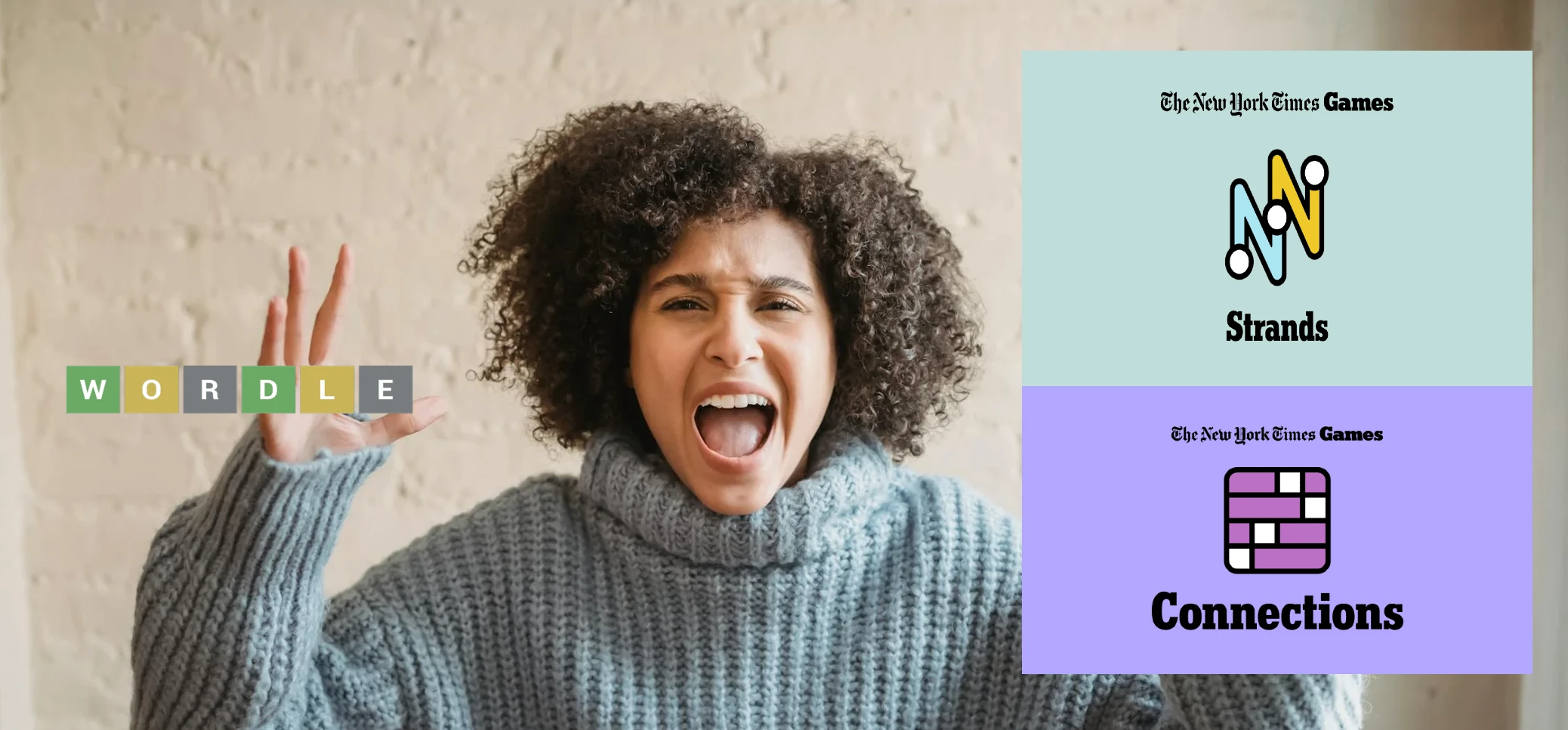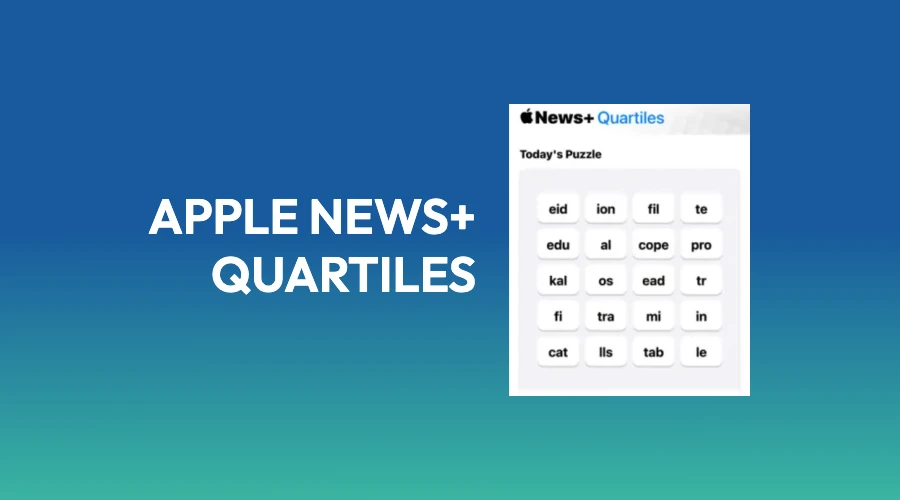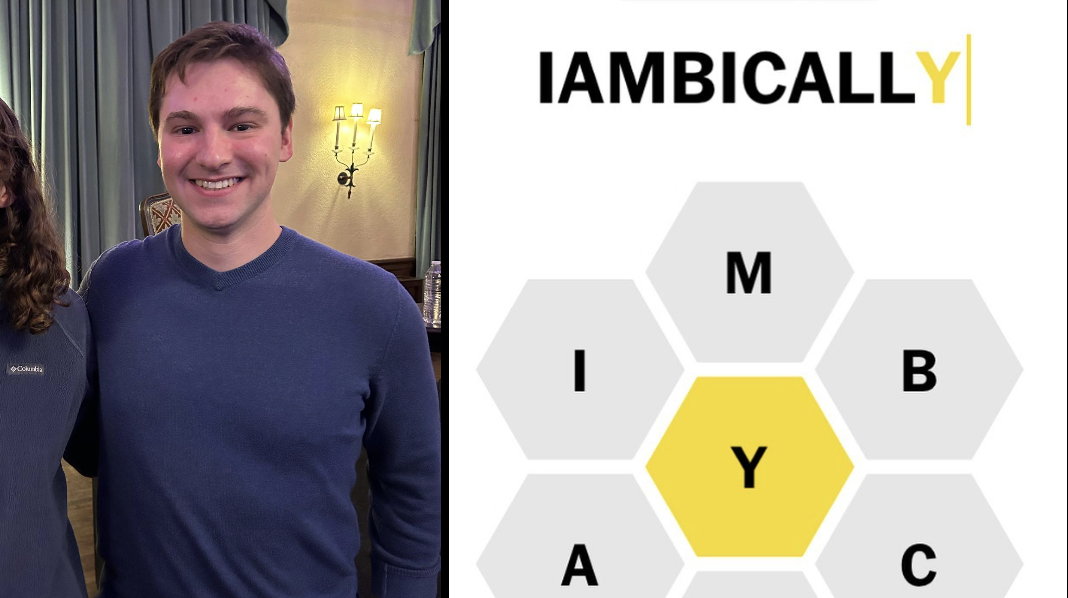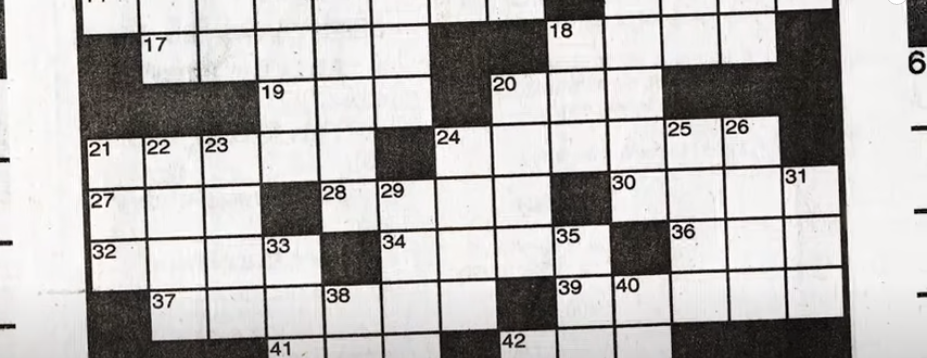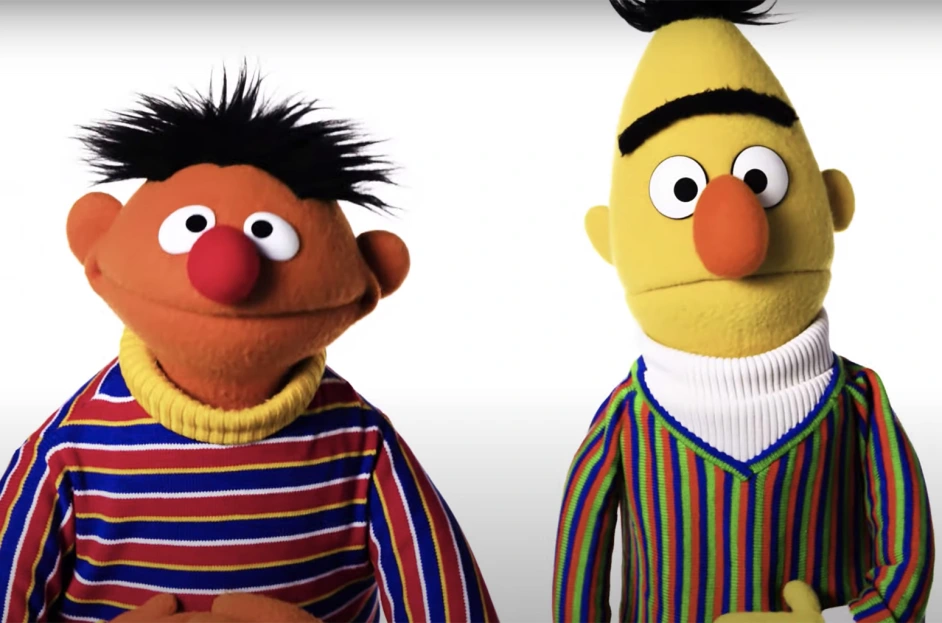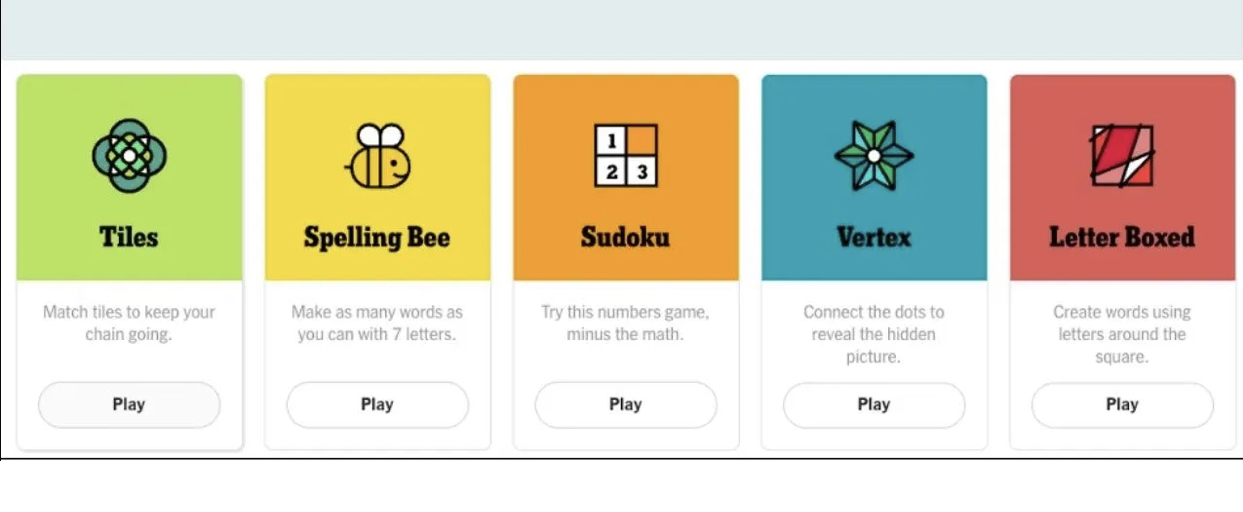Some therapists say addicting puzzle games like Wordle or Strands are a problem for mental health. Strands , Connections or Wordle, the stimulating word games from NY Times besides being mentally stimulating also seem have taken their toll on the mental well-being of their players.
Competitive Guilt
A player said her therapist told her that the word game apps are becoming a problem for many of her patients, including that particular player to. This game player is Jess Owen and she revealed this in her twitter account recently. She admitted to being too embarrassed to admit to her therapist about how long she actually spent playing the word games, especially those offered by the New York Times.
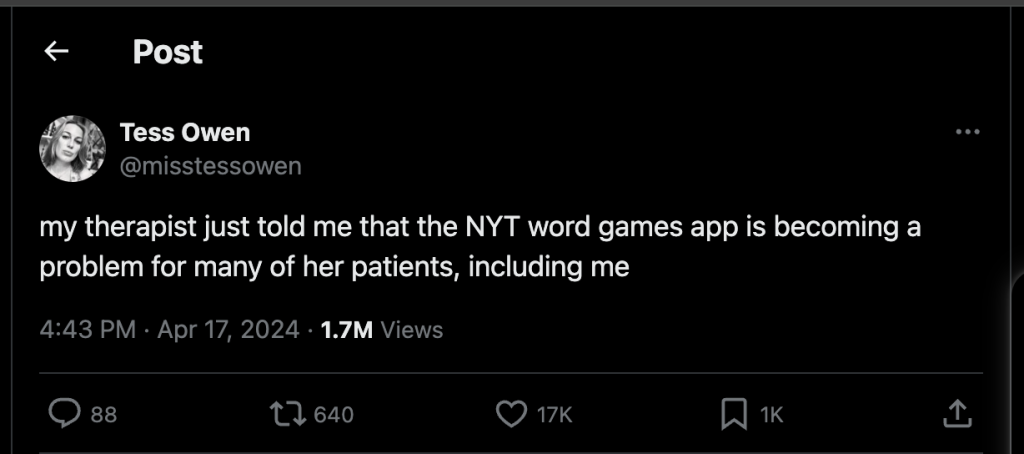
my therapist just told me that the NYT word games app is becoming a problem for many of her patients, including me
— Tess Owen (@misstessowen) April 17, 2024
We kind of understand her embarrassment because many players do the sudoku, the main crossword, wordle, connections, letterboxed, the mini all in a span of two hours.
Therapists Concerned
The New York Times portfolio recently welcomed a new addition, Strands which many players seem to have put it on their “play” list. The NYT games were player around 8-Billion in 2023, the most popular was Wordle and Connections seems to be the highest grossing game.
It seem like many therapists say that addicting games like Wordle, have overtaken some of their patients lives and the puzzling craze seems like is not showing signs of decline, it is like the strict scheduled program that many people are hooked to.
They say that patients often complain about not being able to complete daily tasks at work because of playing Connections for a long time o choosing to skip meeting people because they chose to play Wordle. Some may even get anxious because they are not able to complete them or take very long to complete them. Many people boasted their wordle scores on twitter or other social media platforms when the game was in its all time high popularity back in 2020. This sort of external validation is extends to puzzle scores as well. Scoring high in wordle doesn’t necessarily mean you will be good at everything, so they are not all that important to the point you will be embarrassed if you don’t score high. Puzzles are something you do because you enjoy it, not to prove you’re smart.
Remember to enjoy them
The games are intended to make people share good moments with friends and family and not make people mad. Games have historically been used as a healthy way to bring people together.
Wordle differs from crossword puzzles where definitions or related terms are needed to complete, in Wordle or Connections reasoning is used to solve the letters that are missing. It is said that the frontal and prefrontal lobes are utilized. Some professors recommend switching between games you play whenever your brain doesn’t feel challenged enough, just like the gym you don’t always exercise doing same sets of muscles.
Always remember it is just a game, don’t stress too much over it.

